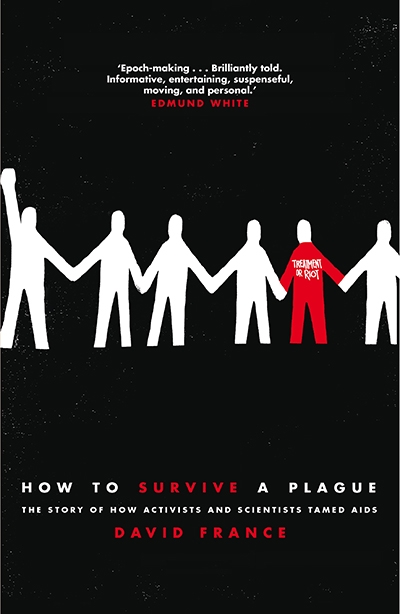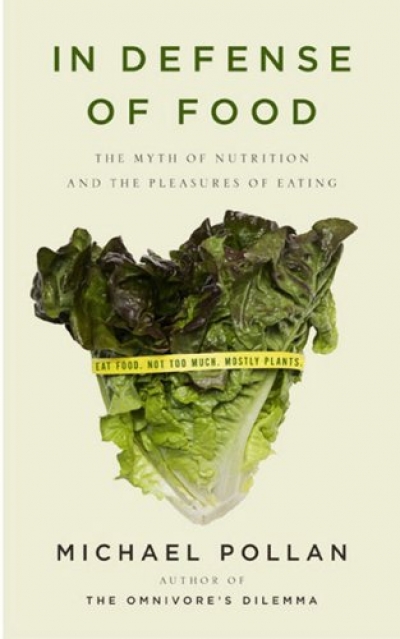Health
How to Survive a Plague: The story of how activists and scientists tamed AIDS by David France
Dear Life: On Caring for the elderly (Quarterly Essay 57) by Karen Hitchcock
In 2004 Carla Reed, a thirty-year-old kindergarten teacher, began to experience a cluster of mysterious symptoms. Bruises appeared and vanished ‘like stigmata’, and a numb headache and sudden exhaustion suggested that something was ‘terribly wrong’. Her pains were ghostly and mobile. When her doctors suggested migraines and prescribed aspirin, she demanded blood tests. She received a call to come back for more tests, and still recalls the urgency in the nurse’s voice. ‘Come now,’ Reed remembers her saying. ‘Come now.’
... (read more)I am a doctor. Once I was a doctor of individuals, now I am a ‘doctor of populations’. Population health is about actions to improve the health of communities, nations, and the world. Challenges are many: the mobility and density of populations, contemporary desires and pressures, the safety of food in complex systems, poverty, the immense power of big businesse ...






